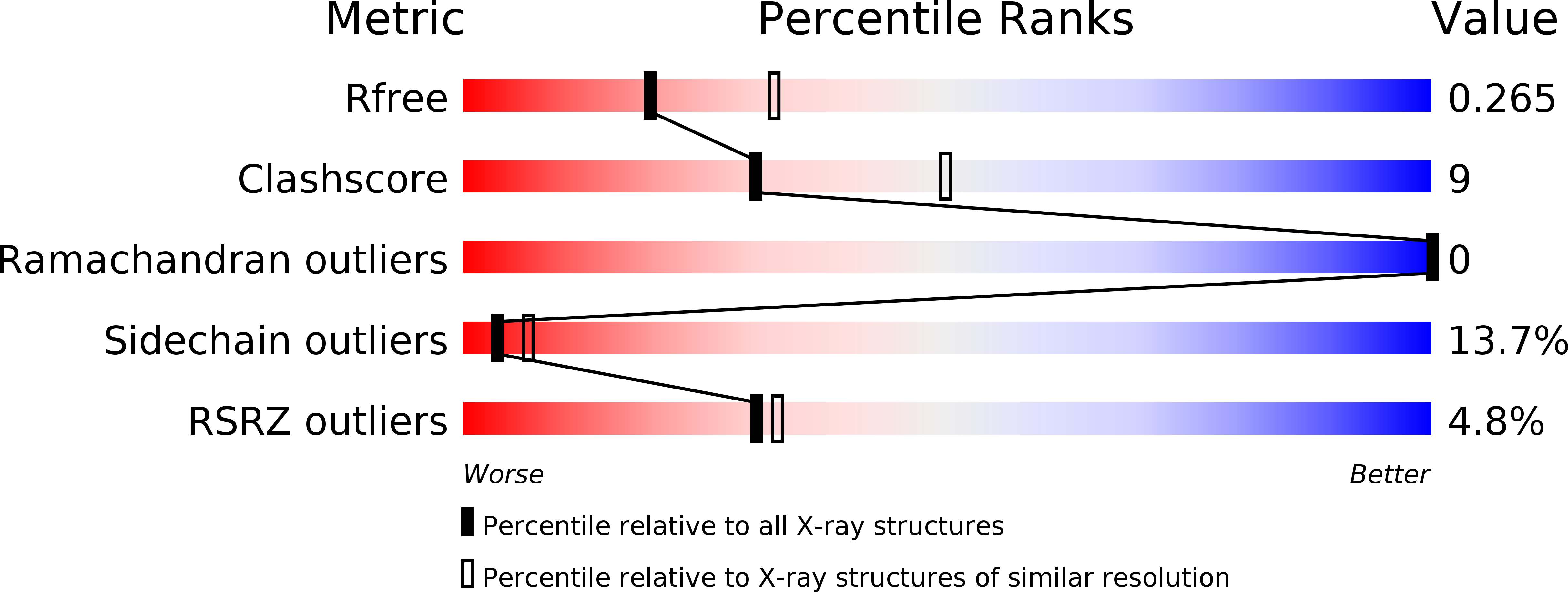
Deposition Date
2014-01-19
Release Date
2014-07-16
Last Version Date
2024-11-20
Entry Detail
PDB ID:
4OI9
Keywords:
Title:
Crystal Structure of ICAM-5 D1-D4 ectodomain fragment, Space Group P21
Biological Source:
Source Organism:
Homo sapiens (Taxon ID: 9606)
Host Organism:
Method Details:
Experimental Method:
Resolution:
2.50 Å
R-Value Free:
0.26
R-Value Work:
0.24
R-Value Observed:
0.25
Space Group:
P 1 21 1


